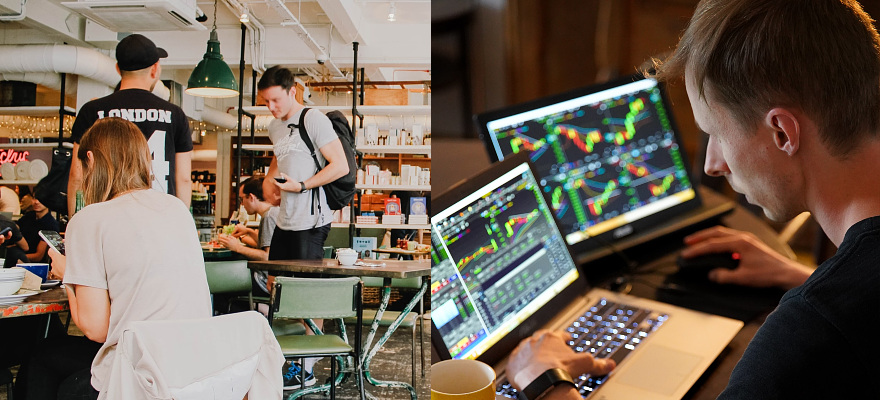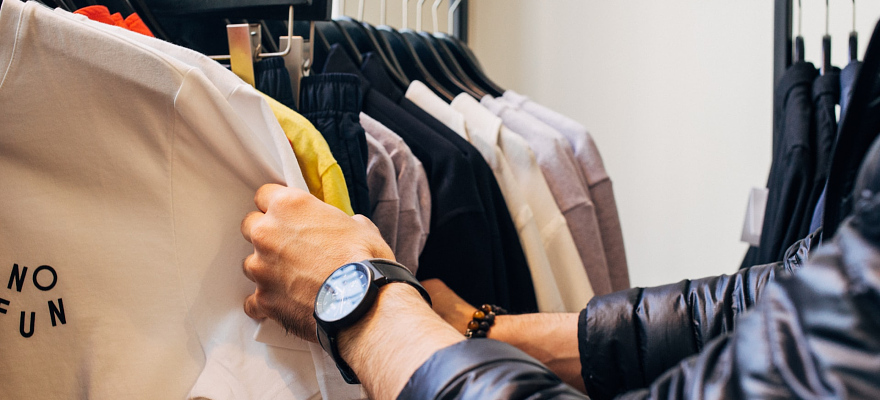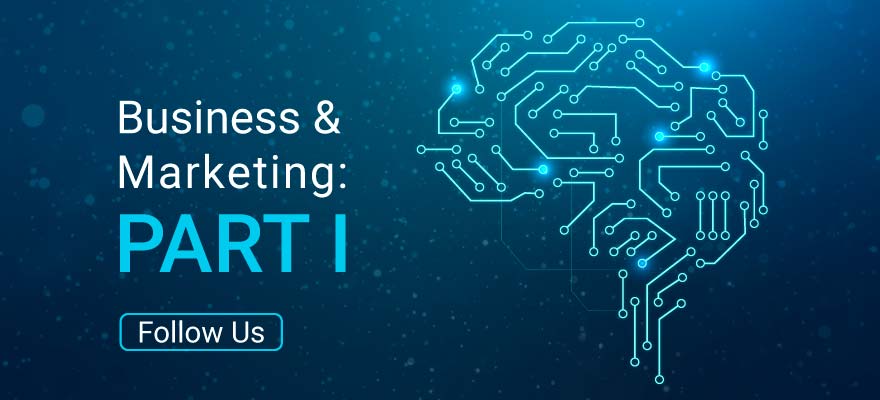A little personal history
My family is by far my favorite test subject. Sometimes my ‘experiments’ are well received; other times, they push the envelope. I’ve always been fond of running ‘mischievous’ tests on them only to observe behaviors in various contexts harmlessly.
There isn’t even the slightest hint of malice, and they are all well aware of this. I’m simply a fan of all things related to human psychology, psychoanalysis, and decision-making. I like understanding what makes people tick. So, before we delve knee-deep into our topic, I’d like to offer an intro through a personal example.
I was in my parents’ house for the Easter celebration, and my mum had prepared her famous all-you-can-eat feast. I know she has been working on it for several days, and she’s now exhausted but did it nonetheless because her offspring were coming home.
The lamb is roasted to a golden brown; the stuffing is homemade and precisely the way we like it. My baby sisters’ kids are delighted and cannot eat their fill fast enough. My better half is all smiles; her favorite vegetarian recipe is on the table, cooked especially for her. The party continues late into the afternoon.
At this point, the time had come for what I thought would be a funny but educational experiment. In retrospect, I now see that my reasoning was off. I stand up, reach for my wallet, and say, “Mom, thank you very much for this incredible meal and for all the love you’ve put into it. How much do I owe you?”. Silence takes over while I continue my test by grabbing a handful of bills. “Do you think three hundred bucks will do it? No, no, wait, it should be four hundred!”
What came right after is not a story that needs too much explaining. My father stops sipping from his glass, my mother stands up red-faced as she expected anything but this, and my baby sister gets snappy and irate.
For next year’s Easter, I may need to sharpen my cooking skills and put together my own all-you-can-eat feast. Mainly to see if I can and try another experiment, if possible.
Are we living in the Matrix?
What did this little foray into the world of thought processing show me? Well, for starters, people don’t enjoy having their meals perturbed by wise-crack experiments. On a more serious note, it shows how people live in two worlds simultaneously.
We keep fantasizing about fiction and imaginary worlds, but we’re experiencing this type of magic every day. It has less to do with sparkles and glitter and more with human action.
Everyone on this planet experiences these two worlds – one ruled by social norms, and the other by economic/market rules. When a friend asks you to help them move their stuff to a new home, that request appeals to existing social norms or the first world. They lay deep within our social needs, especially those related to group or community inclusion.
These needs are usually compassionate, and you do not feel the need for instant paybacks or rewards. You may help your friend move their furniture, but this doesn’t necessarily mean he has to come right over and move yours. It’s like opening a door for someone: it provides contentment for both of you, and reciprocity is not immediately demanded.
The second world, the one governed by market norms, is quite different. The exchanges that take place here are sharp-edged: prices, interest, rewards, costs, and benefits.

Such market relationships are not good or bad per se; they’re simply different from the first ones. It’s another face of the same coin if you’d like. They include individualism, imply comparable benefits, and prompt payments. When you are in the domain of market norms, that’s a “what you see is what you get” context — that’s just the way it is.
As long as these two categories of norms stay apart, we encounter no issues. Take intercourse, for instance. We can have it for free in the social context, where it’s intimate and emotionally bonding. However, there’s also a market for it, where it is always provided in exchange for money.
These instances are pretty straightforward when taken individually at face value. Husbands or wives don’t ask each other for $50 lap dances; escorts don’t expect marriage and everlasting love from their clients.
Now, much like in my experiment, when social and market norms collide, trouble sets in shortly.
Consider the classic example of a scenario that surely happened to many of us, which, in modern times, has become less widespread:
A man takes a woman out for dinner and a movie; he follows the social rules he is accustomed to and pays both bills. They go out again, and he pays again. On a third date, he’s still the one in charge of the bills. At this point, his mind begins focusing on what is known as the unwritten law of equivalent exchange: each party receives something of equal value in exchange for what they are providing.
In this man’s case, his hope is for a kiss and/or a hug. While he feels his finances depreciating, his brain struggles to reconcile the social norm (courtship) with the market norm (money in exchange for something personal).
On the fourth date, his mind takes over and crosses the line by briefly mentioning how expensive these restaurants seem. In this instance, her asshole alert goes off, and she calls him a greedy beast, storming off; the mistake he made was mixing the two worlds. Although the reasoning was there, him verbalizing his thoughts produced a clash.
As said before, there’s a deep incongruence between these, and trying to mix them up will land you in deep waters; you’ll have a tough time staying afloat.
How environments model human action
“To make a man covet a thing, it is only necessary to make the thing difficult to attain.” – that applies to many instances of our lives. We’ve seen how wrong a situation can get when we cross the lines and mix worlds.
However, suppose we accept that most of our behaviors are but a consequence of misunderstanding/misinterpreting external stimuli. In that case, we can, at least, become aware of some of those irrational ways we behave.
A few decades ago, Konrad Lorenz, one of the founders of modern ethology, discovered that, as soon as they hatch, gooselings become attached to the first moving thing they see (which is generally their mother).
Lorenz accidentally discovered this when he was the first thing the chicks saw, and they immediately started following him. They continued to do that all through adolescence. With that, Lorenz demonstrated not only that gooselings make decisions based on what’s available in their environment but that they stick with a decision once it has been made.
Lorenz called this natural phenomenon imprinting and asked himself if the human brain is similarly wired. Are we prone to imprinting as well, and what are the consequences?
For example, when we encounter a new product, do we accept the first price we see? More importantly, does that price (the anchor) have a long-term effect on our willingness to pay for the product from then on? Once we buy a new product at a particular price, do we become anchored to that price?

The answer is yes; we’re prone to imprinting since birth, and it is one of the means that helps raise youngsters. Cubs learn to hunt by watching their parents, and, similarly, babies learn to communicate by mimicking their parents’ speech.
To better explain how this happens to humans, I will provide a couple of examples coming from personal experience.
Over 20 years ago, during the harsh communist regime in Romania, good food was one of the most valued products on the market. Money was broadly available, but the market was dominated by scarcity of all kinds. Each day my mother would wake up at 5 AM to buy two bottles of decent milk. Whenever she’d get there, she would always find a huge queue of people waiting patiently for the store to open.
That was the imprinting stage, and it was the only option. Years have passed, the regime and political context changed, yet still, to this day, upon seeing a line in front of a store, people unconsciously assume that whatever is being sold must be of rare quality. The imprint is alive and kicking – they don’t mind the wait. It happens at concerts, competitions, book signings, etc. If you take a moment and study what’s happening, the pattern surfaces immediately.
Say you’re walking past a restaurant and see two people standing by the door, waiting. Your first thought might be “A queue, huh?…this must be a good restaurant.” So, if you’re out looking for a good restaurant, you stop and join the queue. Another person walks by, sees three people standing in line, thinks “This must be a great restaurant,” and joins the queue. So do others, a few minutes later.
We call this ‘herd mentality‘. It happens when we assume that something is good (or bad) based on other people’s previous behavior, and our own actions follow suit.
However, there’s also a consequent behavior derived from it, another kind of herding that we call self-herd. This happens when we believe something is good (or bad) based on our own previous behavior. Essentially, once we become the first person in line, we queue up behind Ourselves in subsequent experiences. Let me explain.
Remember your first time at Starbucks? You were on your way to work, and in desperate need of that sweet, sweet surge of energy you get from your morning coffee.
You glanced through the windows at Starbucks and walked in. The prices are a shocker — you’ve been blissfully drinking the brew at, say, McDonald’s for years. You’re now curious to understand what coffee at this price range might be like, so you decide to have a taste. You buy a small cup of coffee, enjoy its flavor & its effect on you, and walk out.
The following week you walk by Starbucks again. Should you go in? The ideal decision-making process would consider the quality of the coffee (Starbucks versus McDonald’s), the prices at the two places, and, of course, the cost (or value) of walking a few more blocks to get to McDonald’s. This is too complex a computation to make on the go—so instead, you resort to the simple approach: “I went to Starbucks before, and I enjoyed the coffee, so this must be a good decision for me.”
You walk in and get another small cup of coffee. You just became the second person in line. A few days later, you again walk by Starbucks, vividly remember your past decisions and act on them again—voilà! You have become the third person in line, standing behind Yourself yet again.
Buying coffee at Starbucks has turned into a habit, and now you’re part of the crowd.
So, where does this leave us? If we believe we’re genuinely rational, then we have no choice but to admit that the free market, based on supply & demand without friction, is a real, tangible medium of exchange. However, things aren’t always what they seem to be. Most of the time, by believing we’re making rational decisions – taking into account all possible factors, we are simply trying to compensate for the degree of subjectivity at our core.


